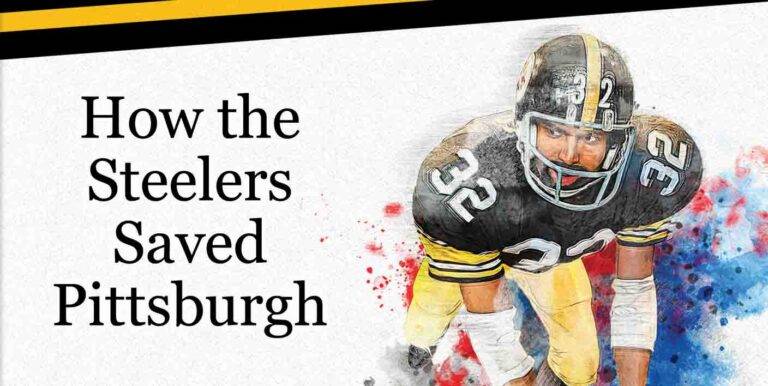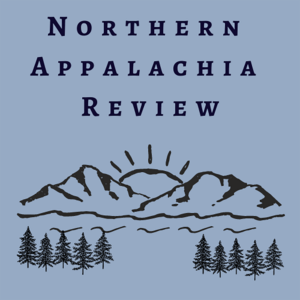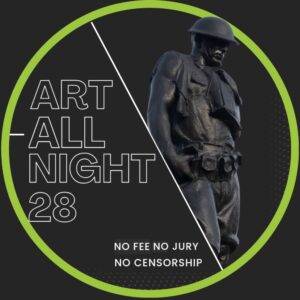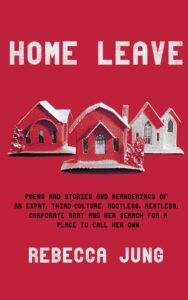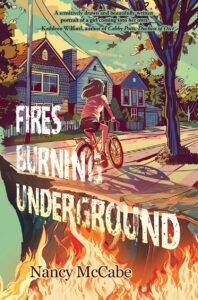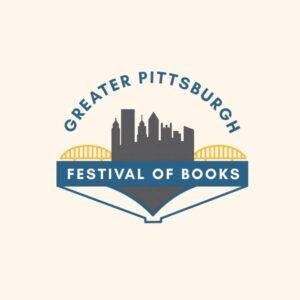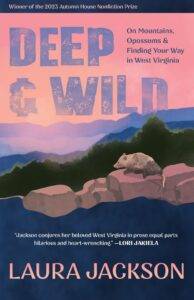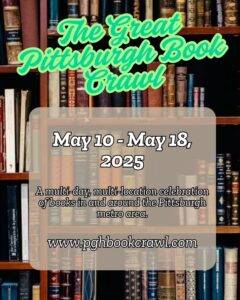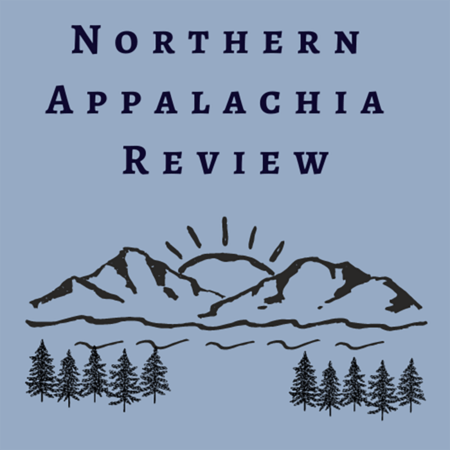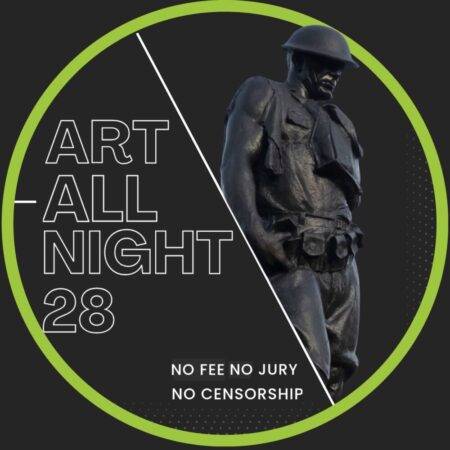“Come for the football, stay for the history.” -Cam Inman, San Francisco 49ers Beat Reporter, Bay Area News Group
From the Publisher: “December 23, 2022 marks the 50th anniversary of the ‘Immaculate Reception,’ the National Football League’s greatest and most memorable play. Defying probability — and, perhaps even physics — Franco Harris’ catch and resulting touchdown run propelled the Pittsburgh Steelers past the Oakland Raiders in a stirring AFC Divisional Playoff game. The catch served as an inflection point in the fortunes of the Steelers, who had been perennial also-rans for their entire 40 years of existence.
Just when the Steelers rose to become championship contenders, the city of Pittsburgh fell into crisis as its once mighty steel industry collapsed under domestic economic and global marketplace pressure. When the city needed something to hold onto, the Steelers provided them foundational strength and a source of pride. Immaculate: How the Steelers Saved Pittsburgh tells the story of a city, its citizens and its beloved professional football team, and how they rallied together to transform their collective fate.”
More Info “The Steelers, both as an organization and an identity, are Pittsburgh – full stop. There are precious few communities like it, and Immaculate: How the Steelers Saved Pittsburgh, is a collection of all the stories, past and present, that makes Pittsburgh a Steelers town, and the Steelers a treasured source of Pittsburgh pride.” -Nick Mehta, CEO of Gainsight (and self-proclaimed ‘wannabe Pittsburgh Steelers football player who plays day-job as a leader of technology companies’)
Preface
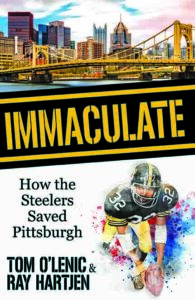 Today, the city of Pittsburgh is known globally as a center of commerce, academia, and the cultural arts. Over the past several decades, it has distinguished itself in the fields of health care, education, environmental design, and technology, among others.
Today, the city of Pittsburgh is known globally as a center of commerce, academia, and the cultural arts. Over the past several decades, it has distinguished itself in the fields of health care, education, environmental design, and technology, among others.
Modern-day Pittsburgh has captured the world’s attention for all the right reasons. In 2015, Pittsburgh was listed among the eleven most livable cities in the world, according to The Metropolis Guide to the Best Cities to Live, Work, and Play.
However, it wasn’t always like that.
Pittsburgh has a long, colorful history, and for many decades—more than a century—it was a commercial center of great prosperity.
Pittsburgh blossomed as a link between the Atlantic coast and the American Midwest, and with its rich natural resources, it became a manufacturing center without peer. Known as “the Steel City,” Pittsburgh dominated the iron and steel industries, and led the way in glass, aluminum, and petroleum too. And, of course, those industries provided fertile ground to sprout and support tangential industries like banking and finance.
Consider that in 1950, Pittsburgh had a population of 675,000 people, and for most of the twentieth century, the city trailed only New York City and Chicago, cities with much bigger populations, in corporate headquarters employment.
Pittsburgh was an American success story.
Then, rather suddenly, it wasn’t.
Global competition, complete with new, modern manufacturing methods and processes, quickly made Pittsburgh’s legacy heavy industries obsolete. Seemingly overnight in the mid-1970s, Pittsburgh’s foundational industries became uncompetitive. Tens of thousands lost their jobs, and the city shrank dramatically as a great number of families relocated in search of new opportunities.
The very viability of the city and the surrounding area was under threat. Pittsburgh, like a lot of American cities in the “Rust Belt,” was on the brink of becoming just a shadow of its former self. It was a formidable time, and some cities have never really come back from it, like, arguably, Detroit.
Pittsburghers, however, changed the narrative, and I’m of the firm opinion that a big part of that can be tied to . . . the Pittsburgh Steelers professional football team.
Until the 1972 season, the city’s beloved Steelers had been horrible. Coined the “lovable losers” by none other than late-night talk show host Johnny Carson, locals chronicled each dismal season with talk of the “same old Steelers.”
The team’s fortunes changed in that 1972 season, highlighted by the most memorable play in National Football League history, the “Immaculate Reception.” And the Steelers’ upward arc helped offset the city’s bleak economic period.
The Steelers galvanized Pittsburgh through its darkest days. The team provided the city’s citizens with a source of pride they could embrace, a thread that kept the community fabric intact, and, coupled with the success of baseball’s Pirates in the late 1970s and early 1980s, Pittsburgh claimed the title of “the City of Champions.”
All the while, the city struggled to reinvent itself. The Steelers’ success—four Super Bowl Championships between 1975 and 1980—gave Pittsburghers something to hold on to and generated a civic pride that, to borrow from writer Dylan Thomas, would not go gentle into that good night.
It took time, but Pittsburgh survived its transition and now thrives in its transformation. And I’m convinced the Steelers provided the foundation for it to rebuild upon.
I’m a proud Pittsburgher. I’m not a Pennsylvanian, and not really even a western Pennsylvanian unless you’re talking about places within an hour’s drive of Pittsburgh. I’m a Pittsburgher.
My grandmother, Anna “Baba” Mikula, arrived in America through Ellis Island on the USS Lincoln on December 7, 1912. Being only fourteen, she lied about her age, stating she was sixteen, the minimum age at which one could travel alone. She entered the country with just $3, or about the equivalent of $91 in 2022. Her final destination was Donora, Pennsylvania, where she had extended family.
Like a lot of Eastern European immigrants who populated the area, my grandparents arrived in the area without speaking English. Luckily, labor jobs in the steel and coal industries were plentiful, and they didn’t require extensive communication skills. There were long hours in often poor working conditions, but it was the start of the American Dream.
With the steel industry a fundamental part of life in the region, many, if not most, jobs in the area were connected to it. My father, an industrial engineer who earned a college degree through the G.I. Bill after returning stateside from World War II, worked for U.S. Steel for over thirty years. However, even as an engineer, he wasn’t immune to the industry’s downturn; he was forced to retire while I was a senior in high school.
I still remember the day vividly. Although it was a punch to the gut, it ultimately proved to be an eye-opening and motivating experience for me, personally.
In addition to the steel industry, sports have also been an integral part of life for Pittsburghers post-World War II, and it was especially true for my family. My father played baseball in the minor leagues, and my uncle is baseball Hall of Famer “Stan the Man” Musial.
For me, like most other Pittsburghers, local sports were not just a passion, but part of my identity. Before elementary school every morning, my friends and I would arrive early so we could play football or kickball, all the while pretending we were local sports heroes like Terry Bradshaw, Lynn Swann, Joe Greene, or Roberto Clemente. Monday mornings were always about the latest Steelers game, and if the Steelers had lost, the mood was somber and our games a bit more physical and aggressive.
I have discussed the idea of this book for many years, procrastinating far too many times for far too many reasons, including devoting time to raising my family and furthering my career. I knew I had to write this book after I attended a wedding in, of all places, Tampa, Florida. I had moved to California, and at that wedding, I was introduced to another ex-Pittsburgher. Learning where I was from, the first question she asked was, “Are you still a Steelers fan?”—Steelers, pronounced “Stillers” in the local yinzer lexicon, naturally.
No other topic was important enough to supplant that question. She wanted to start where so many of us Pittsburghers want to start: the Steelers.
The Steelers, the team of lovable losers, who, on an overcast December afternoon in 1972, had one play indelibly etched in the memories of so many, elevate the franchise and, in time, rescue an entire city.
Being from Pittsburgh is a peculiar thing. In college, when asked where they were from, people typically responded by naming their states: Florida, Virginia, New Jersey, etc. Not us Pittsburghers. We were from Pittsburgh.
I’m a Pittsburgher. I’m not from Pennsylvania. I’m from Pittsburgh. There’s a difference, and that difference is important.
I’m proud of my city, and a big part of that pride rests in the Steelers, the first team to win four Super Bowls and the first franchise dynasty in the NFL’s Super Bowl era.
-Tom O’Lenic
This excerpt is published here courtesy of the authors and publisher and should not be reprinted without permission.


